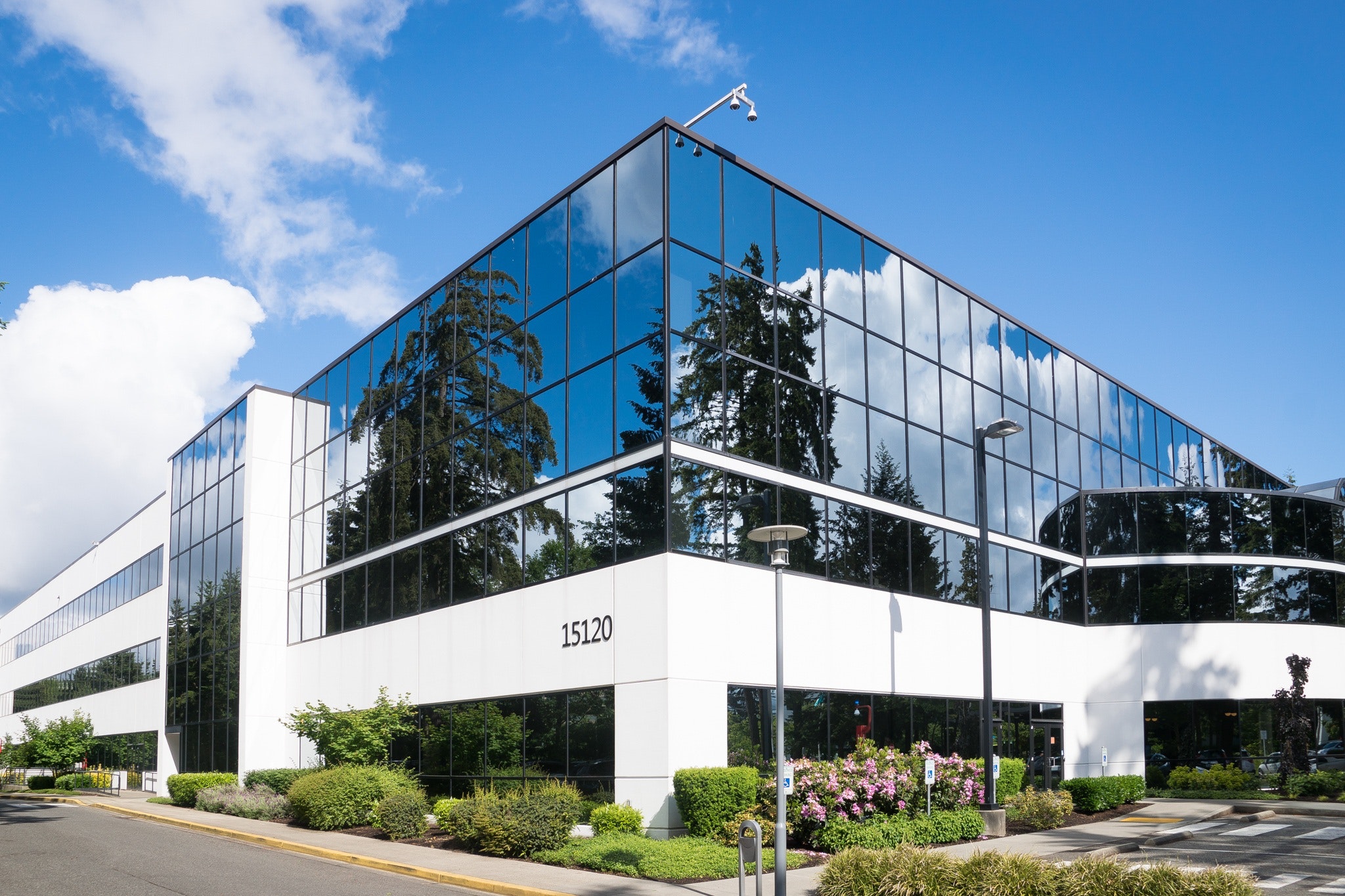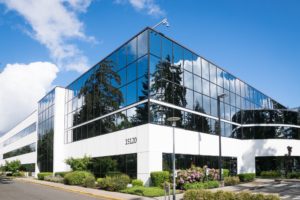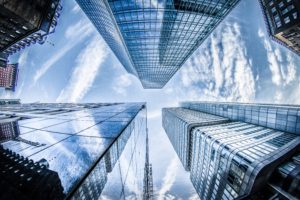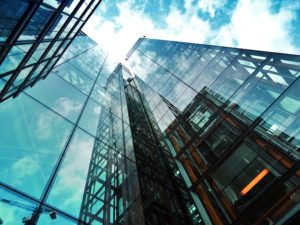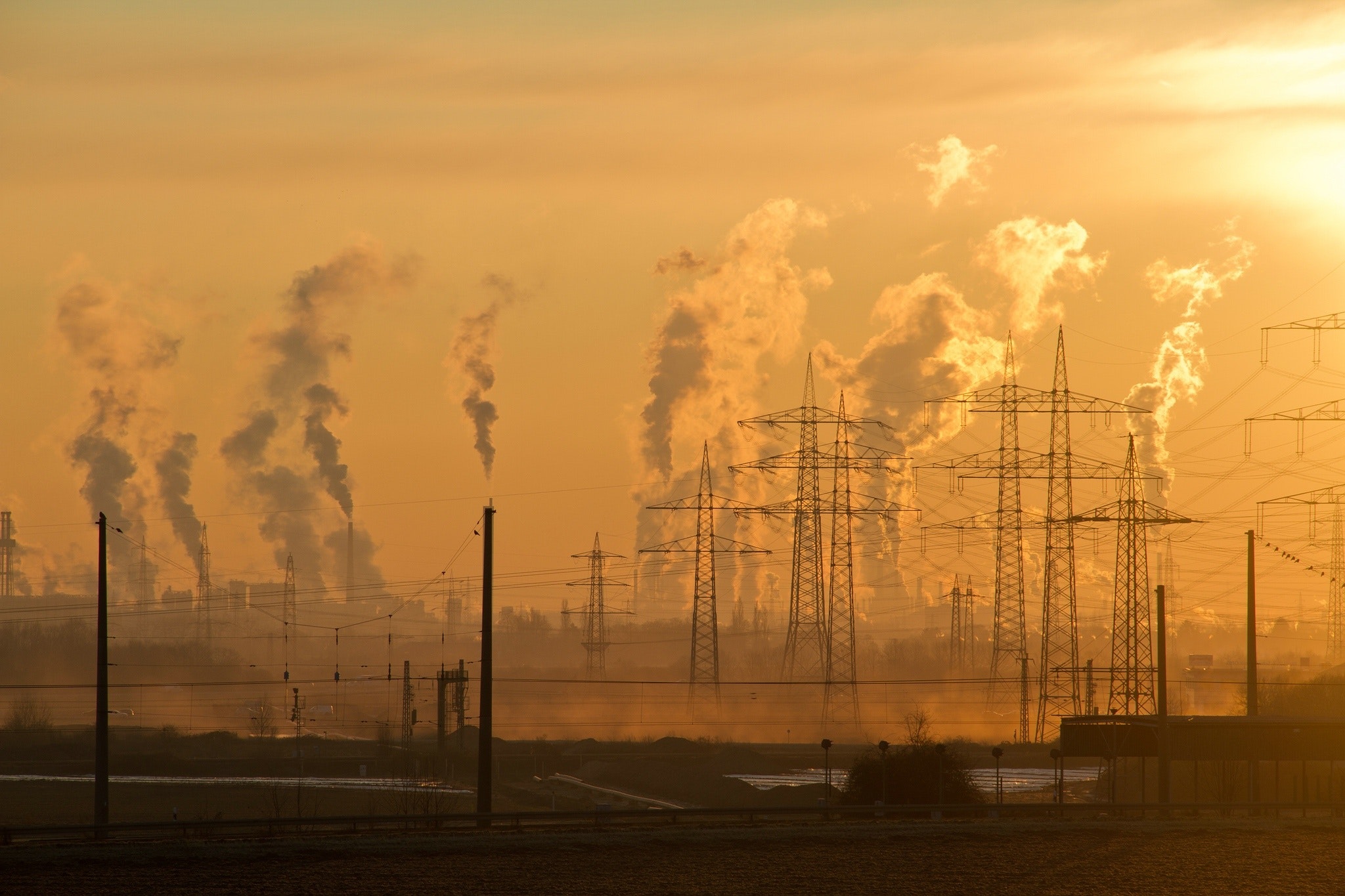Today’s toy market is making it easier than ever for kids to find a passion for engineering. With big companies such as K’NEX and LEGO® coming out with more educational and stimulating toys, kids are able to develop problem solving and innovative skills at an early age. Both K’NEX and LEGO® now have education lines marketed towards schools and kids eager to learn hands on.
K’NEX is the younger of the two companies, but their focus on kids’ creativity in the classroom has made them a notable toy and learning tool. K’NEX Education features sets that teach kids how to build bridges, amusement park rides, and even renewable energy machines. Their focus on STEM toys allows teachers to have a creative and understandable approach towards complicated theories and equations that some kids have trouble understanding. By allowing for hands-on application of what is taught in the classroom, students are able to have a deeper comprehension of the subject as well as real world application.
LEGO® Education is another tool that gives teachers a more relatable medium in which to reach their students. These sets have allowed kids to take more effective control over STEM subjects. While original LEGO® bricks have always taught kids to think creatively and innovatively, LEGO® Education puts the focus more directly on the negotiation of complicated fields such as robotics and computer science. With the LEGO® Education SPIKE Prime, kids are invited to take their creations to the next level. Surpassing the physical bricks, LEGO® has created an easy-to-learn system that incorporates computer coding and programming to create functioning robots.
Now more than ever, there is an urgent need for engineers and other STEM professions. As technology advances and the world begins to change, younger generations will have to find a way to navigate within it. These toys are great tools to get them started.
Disclaimer: LEGO® is a trademark of the LEGO® Group of companies which does not sponsor, authorize or endorse this site.



